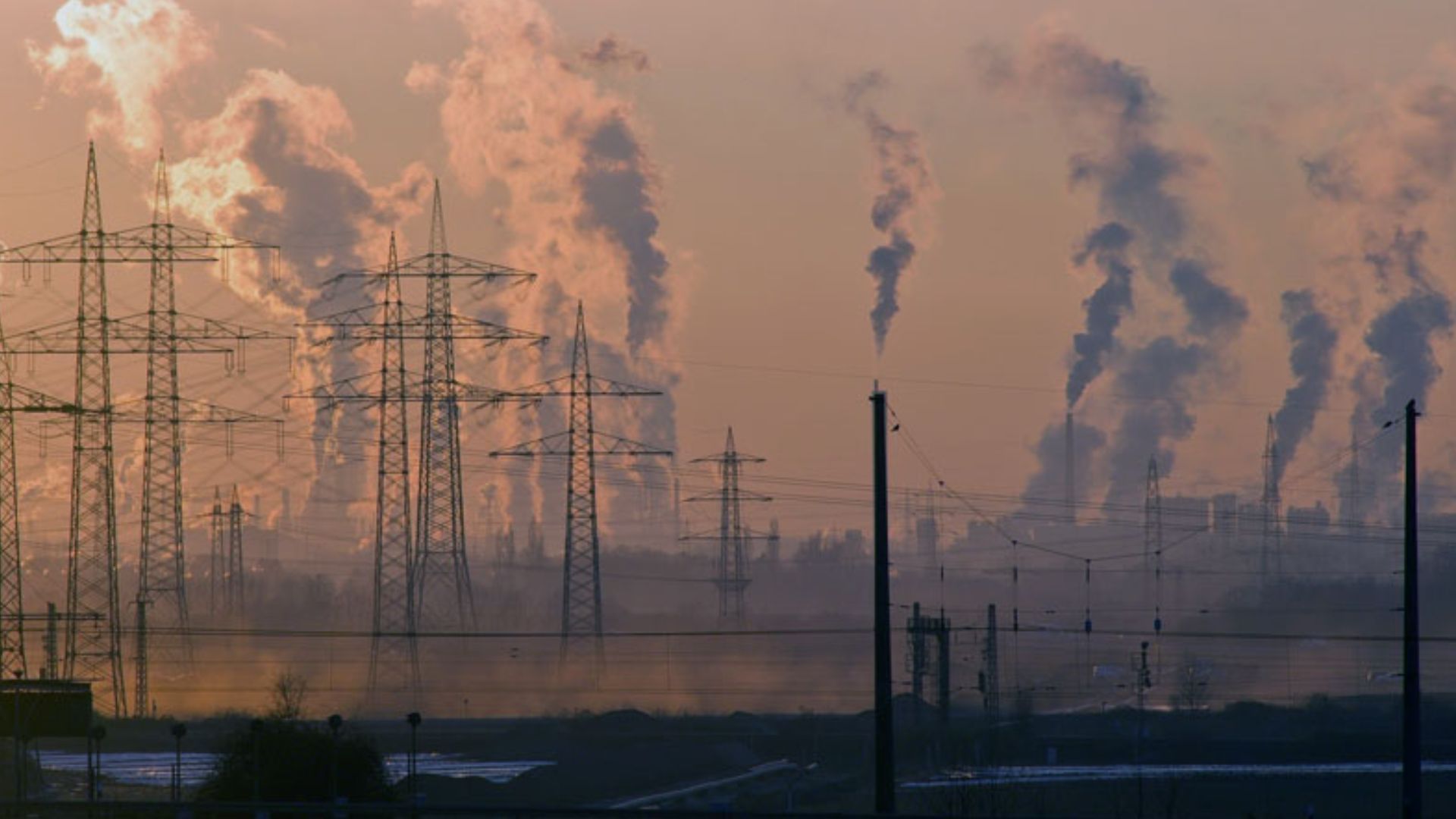Romania's Energy Landscape: A Diverse Mix and Challenges on the Horizon
- Romania | 13 December 2019

Romania proudly stands as a beacon of energy self-reliance in Central and Southeast Europe, boasting a diverse and balanced energy mix that places it among the region’s countries with the lowest dependence on energy imports. The energy sector not only contributes significantly to the country’s GDP, accounting for 3.5%, but also plays a pivotal role in ensuring energy security, especially in a region where interconnections with the rest of Europe are still developing, and energy import options are limited, with Russia being the primary supplier of natural gas.
As a member state of the European Union, Romania is committed to aligning with the EU’s ambitious energy and climate objectives for 2030, which include a 40% reduction in greenhouse gas emissions compared to 1990 levels, a 32% share of renewable energy sources (RES) in the total final energy consumption, and a 32.5% improvement in energy efficiency compared to 2005. These targets constitute one of the most stringent energy-climate policy frameworks globally, demanding significant transformations in Romania’s energy landscape.
Romania’s energy mix currently relies heavily on fossil fuels, a characteristic shared with many Eastern European countries. Achieving the clean energy transition necessary to meet the 2030 targets and work toward virtual decarbonization by 2050 will require substantial and costly transformations, involving not only the rapid adoption of new technologies but also the cultivation of new mindsets within the energy sector.
Moreover, Southeast Europe serves as a crucial corridor for natural gas shipments destined for European markets. Russia is actively constructing the Turkish Stream pipeline, which will traverse the Black Sea to connect Russia with Turkey. From there, it will extend through Southeast Europe, reaching the Central European market. Simultaneously, the Southern Gas Corridor is set to deliver Caspian gas to Southern Italy, offering a new source of gas supply for Black Sea countries by the early 2020s. With the potential inclusion of East Mediterranean gas transported via Turkey to Europe, the energy infrastructure landscape in Southeast Europe, including Romania, is poised for significant development and competition.
To support these developments, Romania’s key energy transport systems, Transgaz and Transelectrica, require urgent refurbishment and modernization efforts. The BRUA interconnector project, linking Bulgaria, Romania, Hungary, and Austria, is a prominent initiative under construction, partially funded by the EU. BRUA is also poised to serve as a conduit for Black Sea gas reserves, subject to final investment decisions by major stakeholders like ExxonMobil and OMV Petrom. Currently, Romania’s gas grid is relatively isolated from the European market, with limited import and export capacities.
Regarding Transelectrica, many of its high-voltage lines are aging and in need of upgrades. However, the company has been proactive in implementing critical interconnectors, such as the 400 kV line with Serbia (Resita-Pancevo) completed in 2018. Progress is also being made on the Romania-Hungary interconnection (Oradea-Bekescsaba). Simultaneously, Transelectrica is fortifying the national power grid by constructing the essential 140 km-long Smardan-Gutinas 400 kV line in Eastern Romania, designed to facilitate the evacuation of nuclear and wind power from the Dobrogea region. Additionally, the metropolitan high-voltage ring surrounding Bucharest is nearing completion.
Romania’s energy landscape presents a promising mix of self-reliance and diversification. However, it also faces the formidable challenge of meeting stringent EU targets while adapting to the evolving regional energy infrastructure. Balancing these objectives will be crucial as Romania charts its course toward a more sustainable energy future.








